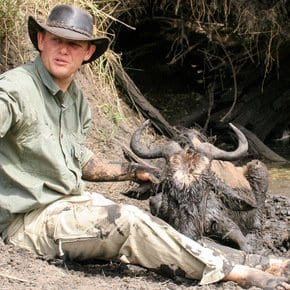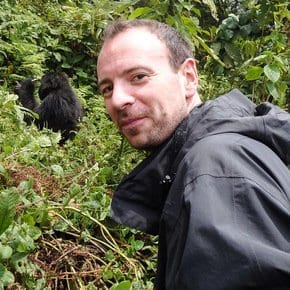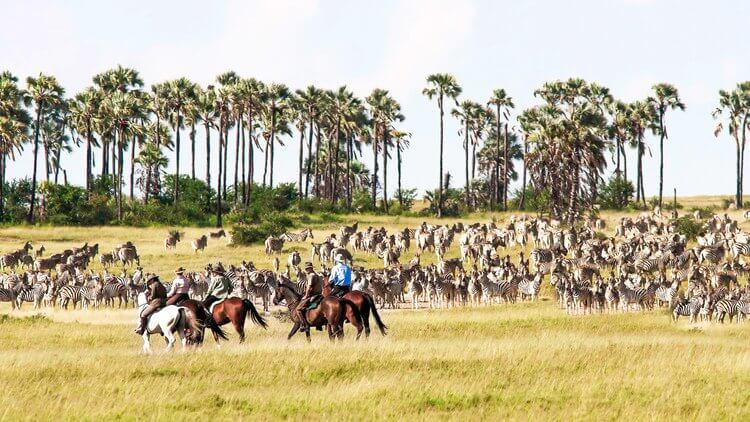
Wildlife of the Nxai & Tau Pan in the Kalahari Area of Botswana
February 8, 2017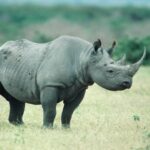
Return of the Black Rhino: Akagera National Park Rwanda
March 8, 2017
Wildlife of the Nxai & Tau Pan in the Kalahari Area of Botswana
February 8, 2017
Return of the Black Rhino: Akagera National Park Rwanda
March 8, 2017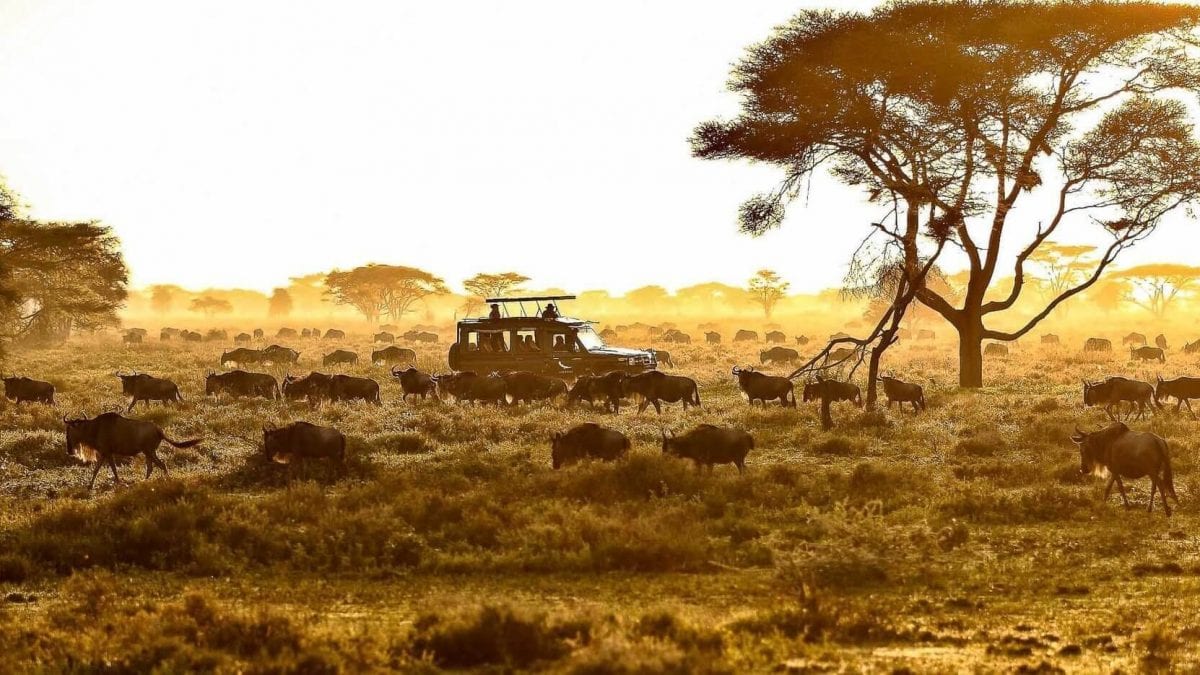
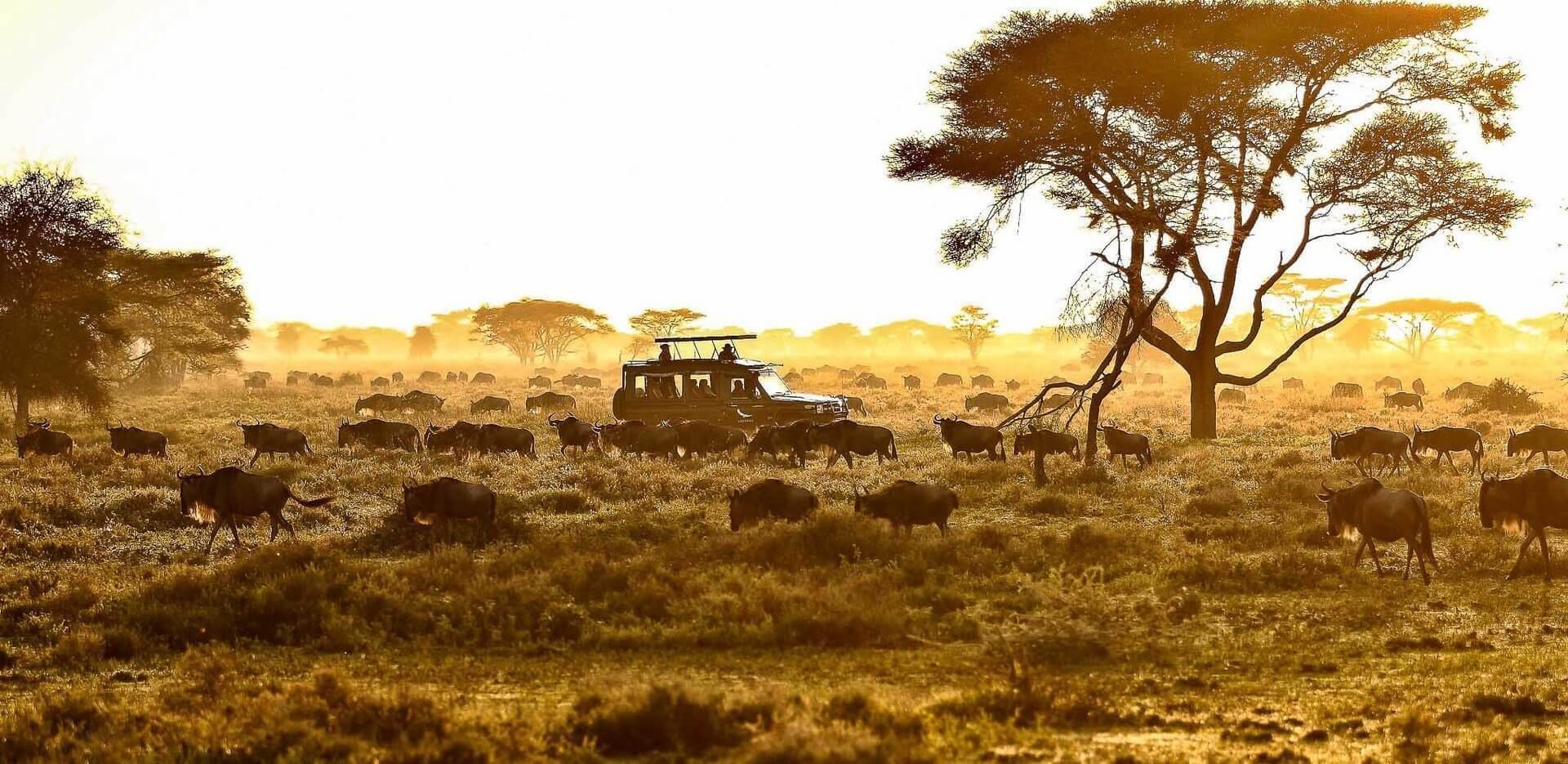
Comparing these two safari areas is a little silly to be honest as they are so vastly different from each other but along with the Masaai Mara National Park and surrounding Mara conservancies they are the most well-known destinations to most travellers. We'll go through some of the differences here.
Kruger National Park vs. Serengeti: A Wildlife Safari Showdown
Embarking on a wildlife safari is a dream for many nature enthusiasts and adventure seekers alike. Two of the most iconic destinations that come to mind are the Kruger National Park in South Africa and the Serengeti National Park in Tanzania. Both parks boast an extraordinary array of wildlife and stunning landscapes, but they also have unique features that set them apart. In this blog, we will delve into the differences between Kruger National Park and the Serengeti to help you make an informed decision for your next safari adventure.
Location and Size
The first notable difference between the two parks lies in their locations and sizes. Kruger National Park spans an impressive 19,485 square kilometres (7,523 square miles) and is situated in the northeastern part of South Africa, sharing borders with Zimbabwe and Mozambique. On the other hand, the Serengeti is much larger, covering a staggering 30,000 square kilometres (11,580 square miles) and extending into northern Tanzania and Kenya.
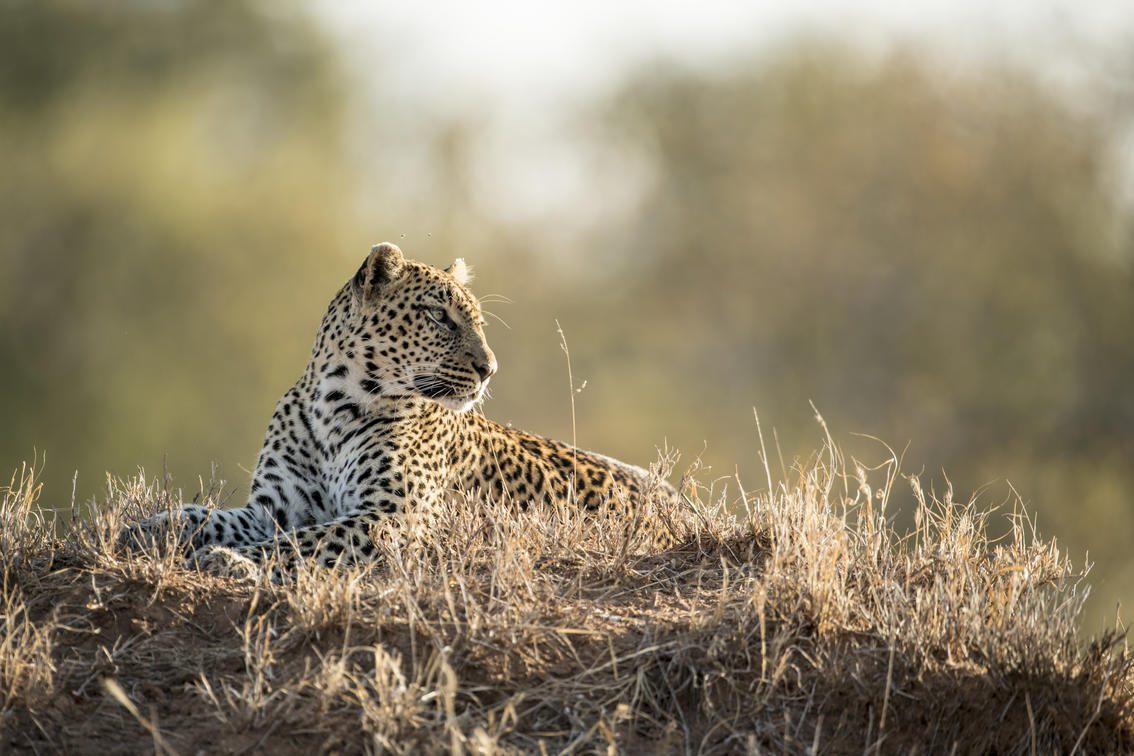
Wildlife Diversity
Both Kruger and Serengeti are renowned for their incredible wildlife diversity, yet they offer different species due to varying ecosystems and habitats. In Kruger, you can expect to encounter the famous Big Five (elephant, buffalo, lion, leopard, and rhinoceros), along with a wide range of antelope species, giraffes, zebras, and more than 500 bird species. In contrast, the Serengeti is renowned for its annual wildebeest migration, considered one of the most spectacular wildlife events on Earth. The park is home to an array of predators, including cheetahs, hyenas, and an impressive lion population.
More information on Tanzania & the Serengeti
More information on South Africa & the Kruger National Park
Landscape and Terrain
The landscapes of Kruger and Serengeti differ significantly. Kruger features a mix of grasslands, savannahs, and woodlands, while the Serengeti is predominantly composed of vast open plains interrupted by rocky outcrops known as kopjes. The Serengeti's sweeping panoramas are truly awe-inspiring, especially during the great migration when millions of wildebeests and zebras traverse the plains in search of greener pastures.
Accessibility and Tourism
Kruger National Park is relatively accessible, with several entry points and a well-established network of lodges, campsites, and guided safari tours catering to various budgets. This accessibility makes Kruger a popular choice for both first-time and seasoned safari-goers. On the other hand, the Serengeti's vastness and remoteness require more planning and logistics. Many travellers opt for organized safari packages, luxury lodges, or tented camps to experience the Serengeti's wonders fully.
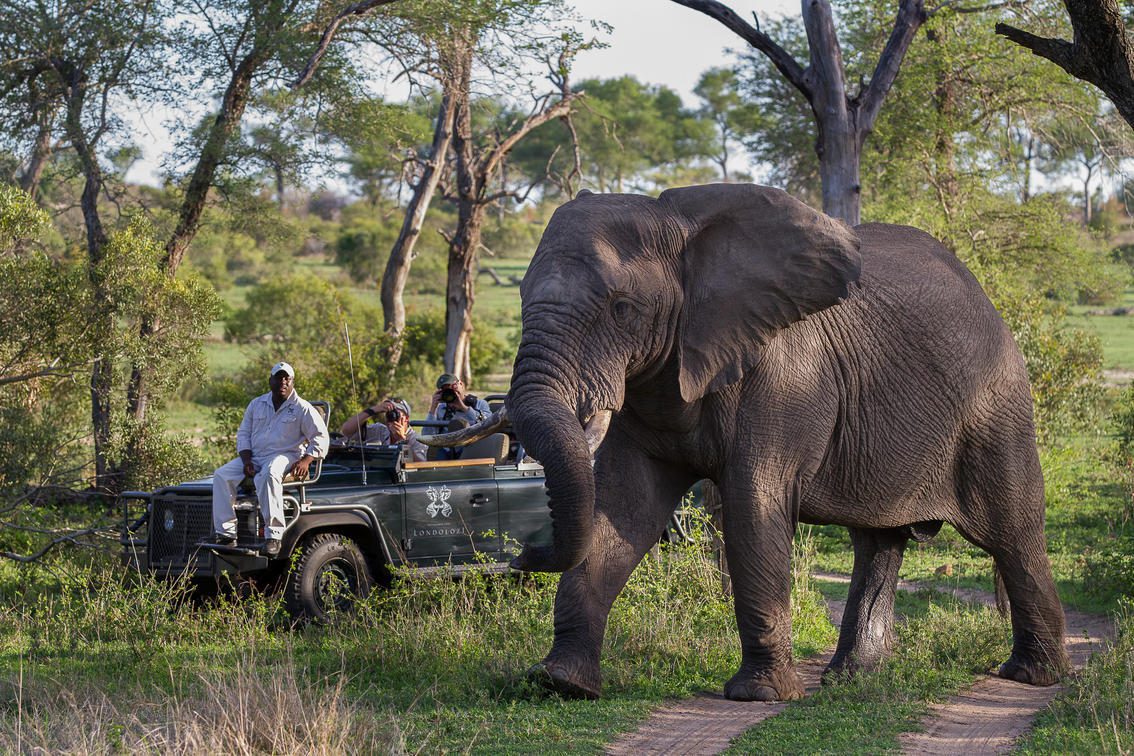
Climate and Best Time to Visit
The climate in both parks is influenced by their locations. Kruger National Park experiences a subtropical climate, with mild winters and hot, humid summers. The best time to visit Kruger is during the dry winter months (May to September) when wildlife congregates around water sources, making animal sightings more predictable.
In the Serengeti, the climate is marked by wet and dry seasons. The dry season, from June to October, coincides with the great migration, providing an extraordinary opportunity to witness the dramatic river crossings. For a more budget-friendly option, visiting during the shoulder seasons can still offer rewarding experiences with fewer crowds.
Conclusion
Choosing between Kruger National Park and the Serengeti largely depends on your preferences, budget, and the specific wildlife experiences you seek. Both parks offer an unparalleled safari adventure, allowing you to witness nature's raw beauty and observe some of the most magnificent creatures on the planet. Whether you're drawn to the prolific biodiversity of Kruger or the breathtaking spectacle of the Serengeti's migration, one thing is certain – a wildlife safari in either of these iconic destinations will create memories to last a lifetime.
So, whether you find yourself captivated by the African sunsets of Kruger or the boundless horizons of the Serengeti, the choice is yours to make. Happy safari planning!



























